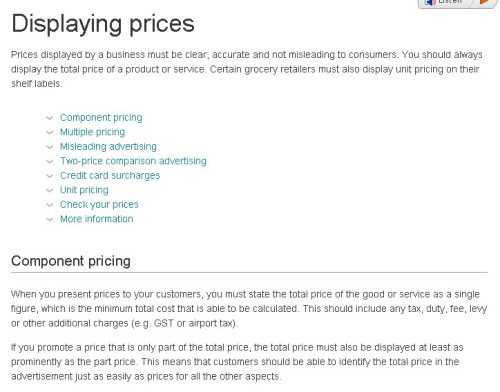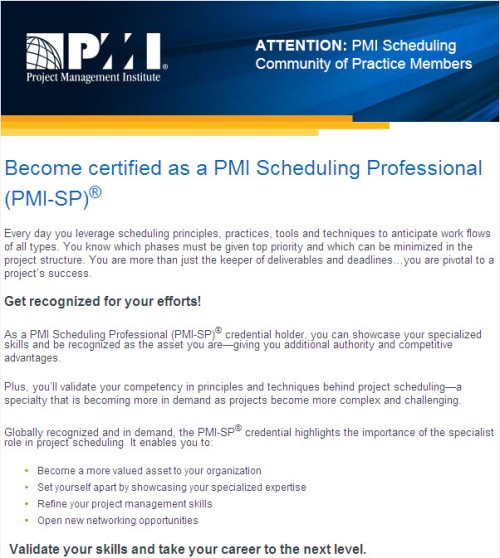 By focusing on the wrong thing, our politicians seen bent on consigning Australian business to the B-List for the next 50 years. We are already in the knowledge economy and knowledge it transmitted through integrated communication networks.
By focusing on the wrong thing, our politicians seen bent on consigning Australian business to the B-List for the next 50 years. We are already in the knowledge economy and knowledge it transmitted through integrated communication networks.
The proposed NBN – fibre to the premises – is not world beating, is it a catch up to bring Australia back onto a level playing field so we can compete with more advanced economies such as Singapore and South Korea. The proposed N B-Grade N is a hotchpotch of systems scrambled together and not very different to the system that would have evolved without government intervention – $ Billions wasted for no real advantage.
The N B-Grade N will condemn large slices of Australia to a sub-optimal communication system and eventually cost us all $ Billions more to maintain and upgrade to a standard approaching the level the original NBN would have delivered.
This policy failure places innovators and small businesses in Australia at a significant disadvantage and given more than 50% of future growth is generated in this sector, and that 60% plus of the services we will be using on our communication network in 20 years time have not even been invented yet, the loss in growth and competitiveness will damage the economy and all levels of Australian business for much of this century.
So how did this mess happen?
First the luddites in the then opposition who cannot differentiate between national infrastructure needed to transport physical goods – the nation building vehicles of the 19th an 20th centuries and national infrastructure needed to create and transfer knowledge – the nation building vehicles of the 21st and 22nd centuries. There is no fundamental difference between a rail line to export coal and a fibre optic cable to export training or design except you can only export coal once, knowledge is infinite. Link this to the Liberal’s successful policy of opposing everything and any possibility of a long term bi-partisan approach to communications infrastructure was out of the question.
The Labour party response was to focus their NBN onto a completely irrelevant and highly damaging objective – a ‘quick build’. No one seemed to notice that Australia has a functioning telephone system that still has capacity for limited upgrading. Certainly it is based on 100 year old copper wire infrastructure and is becoming increasingly expensive to maintain but it does not need replacing in 4 or 5 years. It just needs replacing in a sensible timeframe with appropriate 21st century technology that has the potential to remain viable for another 100 years.
The consequence of the political pressures on NBN Co. to achieve an impossible roll out schedule simply ramped up costs for absolutely no benefit. We are paying $ Billions more than we need simply to achieve a politically imposed deadline that has no technical imperative or relevance. There may have been a political imperative – get so far into the build the Luddites could not cancel it but this simply highlights the failings on both sides of politics.
Then the Liberals came along and introduced the N B-Grade N proposals that are designed to reduce costs by a little, reduce the build time by a couple of unnecessary years, reduce capability significantly and increase maintenance and ownership costs by a vast amount over the next 50 years. What’s the point?
We don’t need the Liberals B-Grade NBN in 4 or 5 years that will damage Australia’s competitiveness for decades. And we don’t need the Labour NBN in 5 to 7 years at the likely cost associated with maintaining the ridiculous time pressures on the build.
What we need is a world class NBN rolled out sensibly over the next 5 to 10 years, at the lowest practical cost, designed to position Australia for the commerce of the next 100 years. With the build planned around industry capacities and business needs, not political irrelevances.
 As the old adage goes “You we be good, we can be fast and we can be cheap – pick any two!” The NBN needs to be cheap and good! What’s currently being discussed is ‘fast and cheap’ and let the next government worry about the lack of quality.
As the old adage goes “You we be good, we can be fast and we can be cheap – pick any two!” The NBN needs to be cheap and good! What’s currently being discussed is ‘fast and cheap’ and let the next government worry about the lack of quality.
The trouble is its Australian businesses that will suffer as a consequence of both political parties focusing on ‘fast’ and a three year election cycle rather than good and our competitive position for the next 30 to 60 years.
















